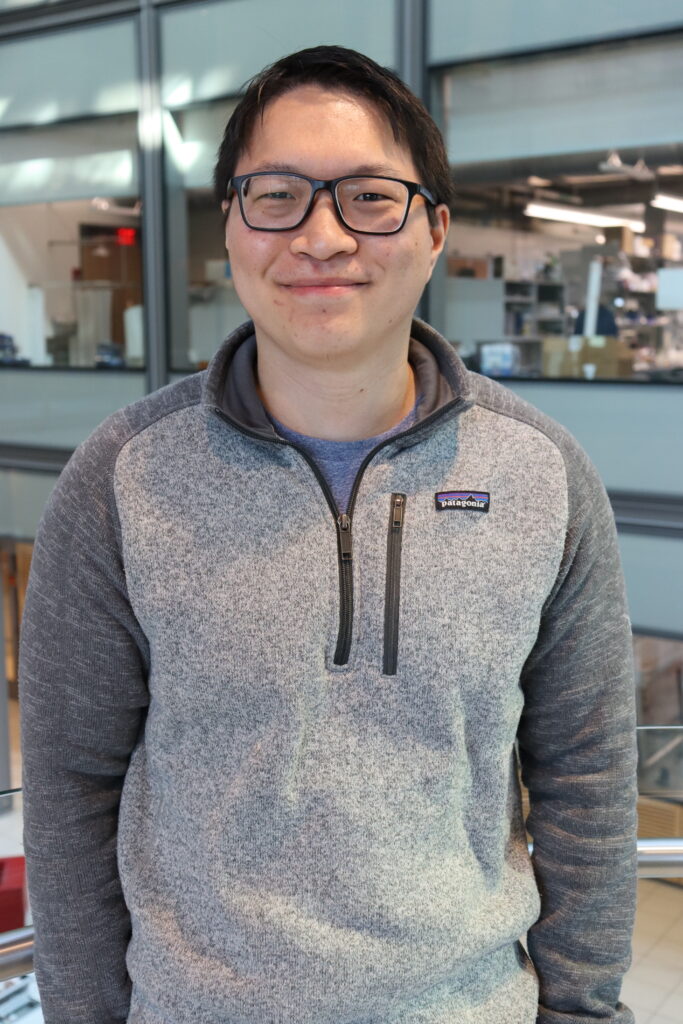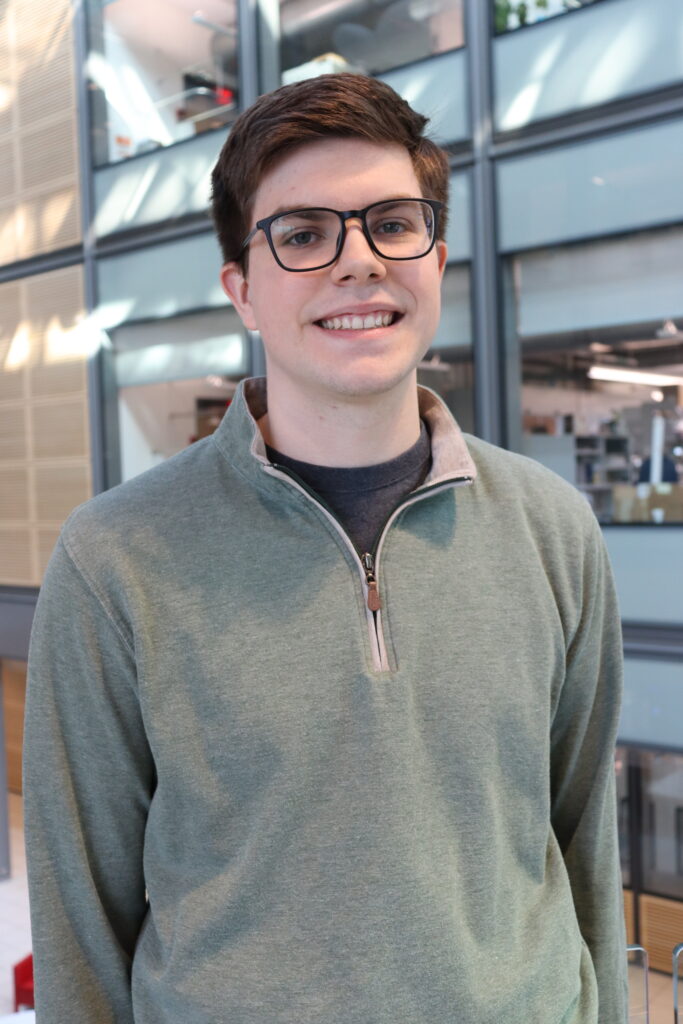MacMillan introduces distinct approach to alkene dialkylation in Nature

Following is a summary of new research from the MacMillan Group out this week in Nature.
PAPER: Alkene dialkylation by triple radical sorting
AUTHORS: The MacMillan Group’s Johnny Wang, William Lyon, and David MacMillan.
WHAT IT IS: The MacMillan Group has been working to advance catalysis with bimolecular homolytic substitution (SH2) since their 2021 paper in Science demonstrated the mechanism’s enormous potential to connect molecules in new ways.
Their latest research, published today in Nature, uses this somewhat neglected mechanism to drive a rapid increase in molecular complexity with building blocks that are broadly available. Their work stitches three molecules together with a sorting technique that “tames” the radicals, allowing researchers to form quaternary centers that were previously inaccessible and expand on current cross-coupling chemistries.
HOW THEY DID IT: The lab developed a catalyst capable of sorting between nucleophilic radicals and electrophilic radicals, bypassing the traditional problem of an unactivated alkene by essentially “taming” the reactivity of the components. Their approach features the in situ formation of three distinct radical species differentiated by size and electronics. It allows for a highly selective formation of the desired end product.
Key to the strategy is an outer-sphere C(sp3)—C(sp3) bond formation capable of forming quaternary centers.
Previously, when chemists threw two radicals with an olefin into a reaction vessel, the radicals just reacted with themselves. Under this new platform, researchers shine blue light in the presence of a nickel catalyst, and generate two radicals simultaneously. The electrophilic radical adds to the olefin, while the nucleophilic radical reacts with the SH2 catalyst. The product of the olefin addition reaction, another nucleophilic radical, can then undergo a bond-forming SH2 reaction. The end result is three distinct radicals sorting themselves across an olefin, with a result of three stable, connected fragments that together greatly expand access to chemical space.
COMMENT FROM P.I. DAVID MACMILLAN: “These things called radicals were discovered over 120 years ago, and as the name suggests they are unbelievably reactive. For decades and decades, people assumed you couldn’t really control them so there wasn’t a lot you could do with them. But over the last 10 years or so we realized you can do new things that people didn’t expect by making them behave. So, we tamed them in an interesting way. Now, you’ve got this big class of molecules which is widely available, this other class of molecules that are widely available, and now this third class of molecules that are widely available, and through this SH2 mechanism these classes can all react with each other very predictably.
“At the end of the day, our lab is trying to do things that are going to be as general as humanly possible, meaning that you can plug-and-play just an enormous number of molecules into this. Someone in drug discovery, in fragrance, in med-chem, in agribusiness … all these chemists will be able to use it. That’s where it’s really exciting, when you can see all these different people using it for different applications.”
COMMENT FROM CO-LEAD AUTHOR JOHNNY WANG: “This would be the first example of the dialkylation of alkenes at undirected sites, and so now we can take any alkene and form these two new C-C bonds at once. You can imagine, in traditional SH2 sorting, you have two components; if you graph the availability of each component, the chemical space accessed can be represented by a rectangle. But when you move to three components, now instead of just having two axes you have a third axis, which is the alkene.”

MacMillan Group graduate student Johnny Wang, co-lead author on the lab's latest research.
“The chemical space you can access is increased and can be represented by a cube. So, I think the fact that we can do undirected alkene dialkylation and simultaneously form two C(sp3)–C(sp3) bonds is just a really enabling way to access 3-dimensional chemical space.”
COMMENT FROM CO-LEAD AUTHOR WILLIAM LYON: “We’ve had multiple SH2 papers coming out that were focused on stitching two different molecules together and sorting two different molecules, two radicals. We kind of wondered naively if we could throw in a third radical, maybe by changing the electronics of it as opposed to the sterics, and if our catalysts were good enough to sort between the nucleophilic radicals, which are the ones we previously used, and the electrophilic radical, which was the new part of this. Our SH2 catalysts ended up working exceptionally well for the sorting of these radicals, and we always achieved great selectivity.”

MacMillan Group graduate student William Lyon, co-lead author on the lab's latest research.
“To me, the biggest thing here is forming quaternary centers using a special nickel SH2 catalyst. Traditionally with nickel catalysis, you weren’t able to form quaternary centers. It was very challenging because there were a bunch of other side pathways that could occur. But because of our new SH2 catalysts, we are able to form these challenging, fully substituted carbons. And we can install them from commercially available feedstocks.”
FUNDING: Research reported in this work was supported by the NIH National Institute 179 of General Medical Sciences (R35 GM134897-04), the National Science Foundation (DGE-2039656), and gifts from Merck, Pfizer, Janssen, Bristol-Myers Squibb, Genentech, and Genmab.
RELATED PAPERS OF INTEREST: “Rapid and Modular Access to Quaternary Carbons from Tertiary Alcohols via Bimolecular Homolytic Substitution”; “Nickel Catalysis via SH2 Homolytic Substitution: The Double Decarboxylative Cross-Coupling of Aliphatic Acids”; and “Nontraditional Fragment Couplings of Alcohols and Carboxylic Acids: C(sp3 )−C(sp3 ) Cross-Coupling via Radical Sorting.”
